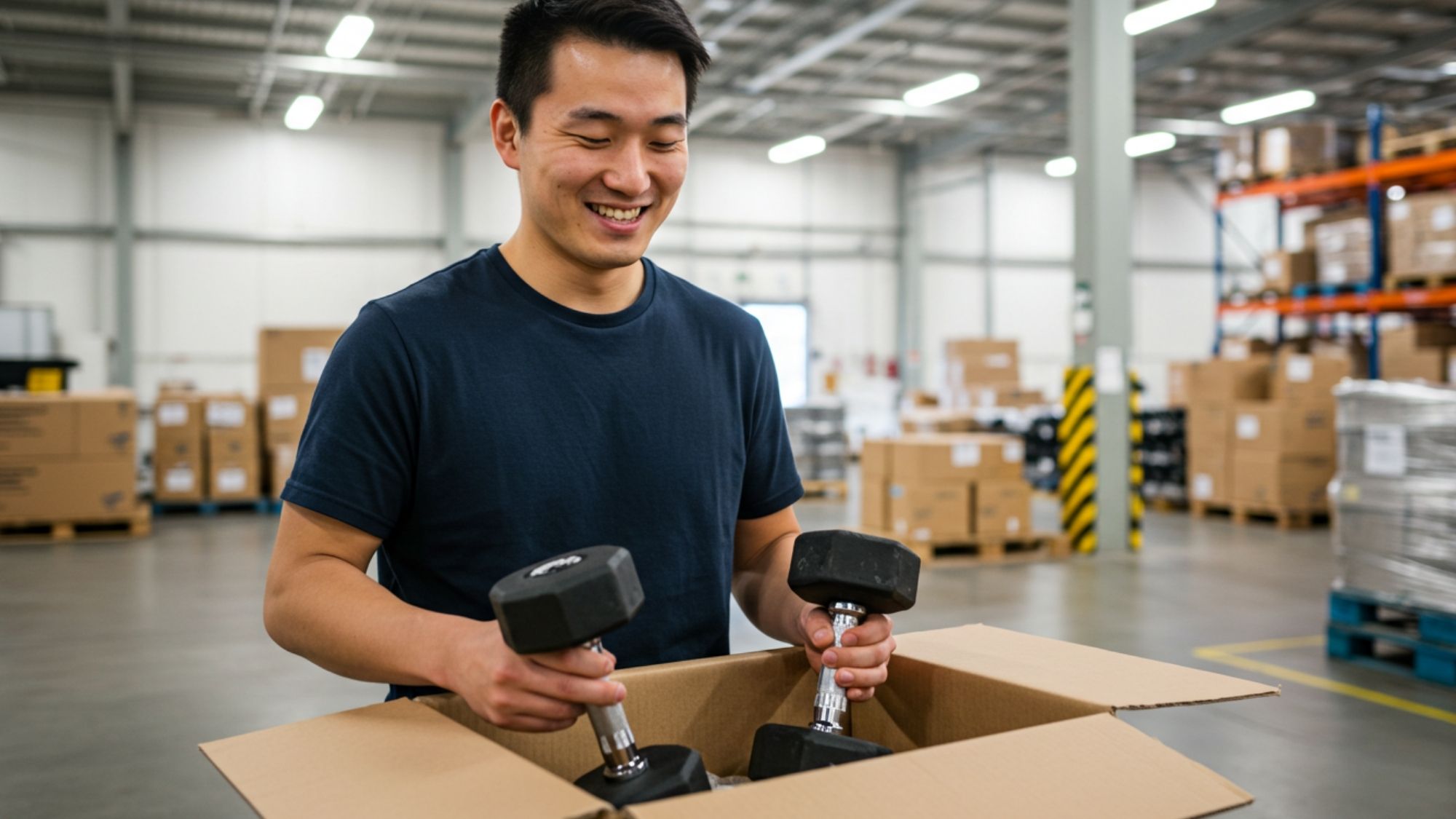
With the rise of home fitness, eCommerce brands have seen a significant uptick in the demand for dumbbells, kettlebells, resistance bands, and other gym equipment. While the sales boom is exciting, it presents a unique logistical challenge: how do you ship heavy, oddly shaped, and potentially damaging equipment without incurring excessive costs, damage, or customer complaints?
Shipping top fitness products requires more than just slapping on a label and handing it over to a carrier. Proper packaging ensures not only that the products arrive intact but also that your brand maintains a reputation for reliability and professionalism.
In this blog, we’ll explore the best packaging practices for shipping dumbbells, kettlebells, and other home gym equipment, covering materials, box selection, internal protection, labeling, and sustainability.
Jump right in: Shipping Dumbbells & Kettlebells: Packaging Guide
- Understanding the Challenges of Shipping Gym Equipment
- Choosing the Right Packaging Materials
- Packaging Best Practices for Dumbbells
- Packaging Best Practices for Kettlebells
- Packaging Best Practices for Other Home Gym Equipment
- Labeling and Handling Instructions
- Reducing Shipping Costs Without Sacrificing Protection
- Outsourcing Fulfillment for Gym Equipment
- Summary
Understanding the Challenges of Shipping Gym Equipment
Before diving into packaging techniques, it’s crucial to understand the specific challenges gym equipment presents:
- Heavy weight: Dumbbells and kettlebells are dense and can cause boxes to burst, pallets to shift, and shelves to collapse if not handled properly.
- Irregular shapes: Many items are round, curved, or have protrusions that make them difficult to pack securely.
- High damage risk: Without adequate padding or containment, gym gear can damage other items in the same shipment or hurt handlers.
- Shipping costs: Carriers calculate based on weight and dimensional weight. Poor packaging can increase the shipping fees dramatically.
- Wear and tear on boxes: Cheap boxes are not designed for 20–50 lbs. of metal. Double-walled or reinforced boxes with adequate crush rating for the items in the shipment are essential.
Choosing the Right Packaging Materials
When shipping large and heavy items of this size and weight, using the appropriate shipping materials is important.
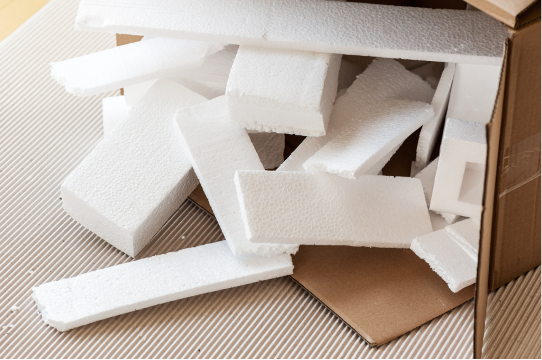
Choosing the right materials forms the foundation for secure and effective packaging. Be sure to have the following supplies on hand:
Heavy-Duty Boxes
Use double-wall corrugated boxes or triple-wall for heavier items (50+ lbs.). Standard single-wall boxes will often fail under pressure. Reinforced corners and edges also help resist crushing.
Reinforced Tape
Use industrial-strength packing tape, preferably reinforced with fiberglass threads. Apply multiple layers to the bottom flaps, or the H system, to prevent splitting.
Edge Protectors
For kettlebells or dumbbells with angular edges, cardboard or plastic edge protectors can reduce the risk of puncturing or deforming the outer box.
Padding and Cushioning
- Molded foam inserts or custom-cut foam are ideal for keeping weight from shifting.
- Corrugated inserts help cradle round weights like kettlebells.
- Heavy-duty bubble wrap can absorb shock during transit.
- Avoid loose fill (like packing peanuts), as they shift under heavy weight and provide minimal support.
Shrink Wrap or Pallet Wrap (for multiple-item shipments)
When shipping multiple pieces of exercise equipment, such as sets of dumbbells, kettlebells, or weight plates, using a shrink wrap or pallet wrap to secure the items together on a pallet helps prevent shifting and damage during transit. This method will keep the shipment stable and ensure it arrives safely at its destination.
Packaging Best Practices for Dumbbells

Individual Dumbbells
- Wrap each dumbbell in multiple layers of bubble wrap or foam sheets.
- Use a box that is only slightly larger than the dumbbell to prevent excess movement.
- Fill gaps with dense padding; crumpled kraft paper works well for lighter dumbbells, but high-density foam is better for heavy ones.
- Seal the box with multiple strips of tape and test for structural integrity.
Dumbbell Sets
- Use a partitioned box with foam or corrugated dividers for each dumbbell.
- Shrink wrap each dumbbell before placing it in the divider.
- Reinforce the bottom with cardboard inserts and tape to ensure stability.
- Consider palletizing sets weighing over 70 lbs. for LTL or freight shipping.
Packaging Best Practices for Kettlebells

Beyond DIY measures, partnering with a 3PL specialized in heavy items can be a game-changer. Experienced fulfillment providers handle heavy gear all the time – they know the tricks like using custom foam padding or bolstering boxes for weights. A quality 3PL will have tailored handling practices to prevent damage in the first place.
For instance, some 3PL warehouses have dedicated packing stations for heavy products and use team lifts or forklifts to gently move bulky items (instead of one person manhandling a 70 lb box). By choosing a fulfillment partner who understands heavy-item logistics, fitness retailers can drastically cut down on shipping damage. Fewer broken dumbbells and cracked treadmills in transit means happier customers and a healthier bottom line.
Packaging Best Practices for Other Home Gym Equipment
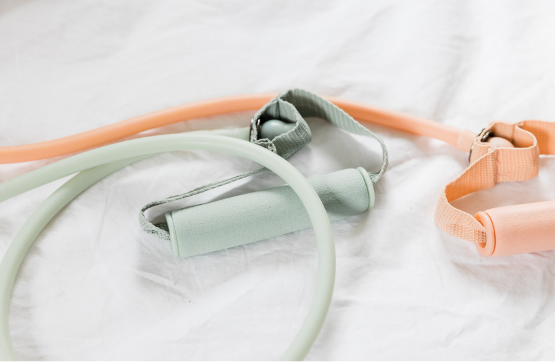
Resistance Bands and Lightweight Gear
- Place them in poly bags and then into smaller boxes.
- Avoid large boxes to reduce dimensional weight and unnecessary shipping costs.
- Use branded inserts for a professional touch.
Benches, Bars, and Racks
- Disassemble where possible and wrap each piece with foam padding.
- Use edge protectors and reinforce sharp corners.
Ship long pieces (like barbell bars) in corrugated tubes or custom boxes with rigid inserts.
Managing Shipping doesn’t have to be a hassle.
Partnering with a 3PL like eFulfillment Service means you can focus on growing your business while we handle the details. Request a Free Quote Today!
Labeling and Handling Instructions
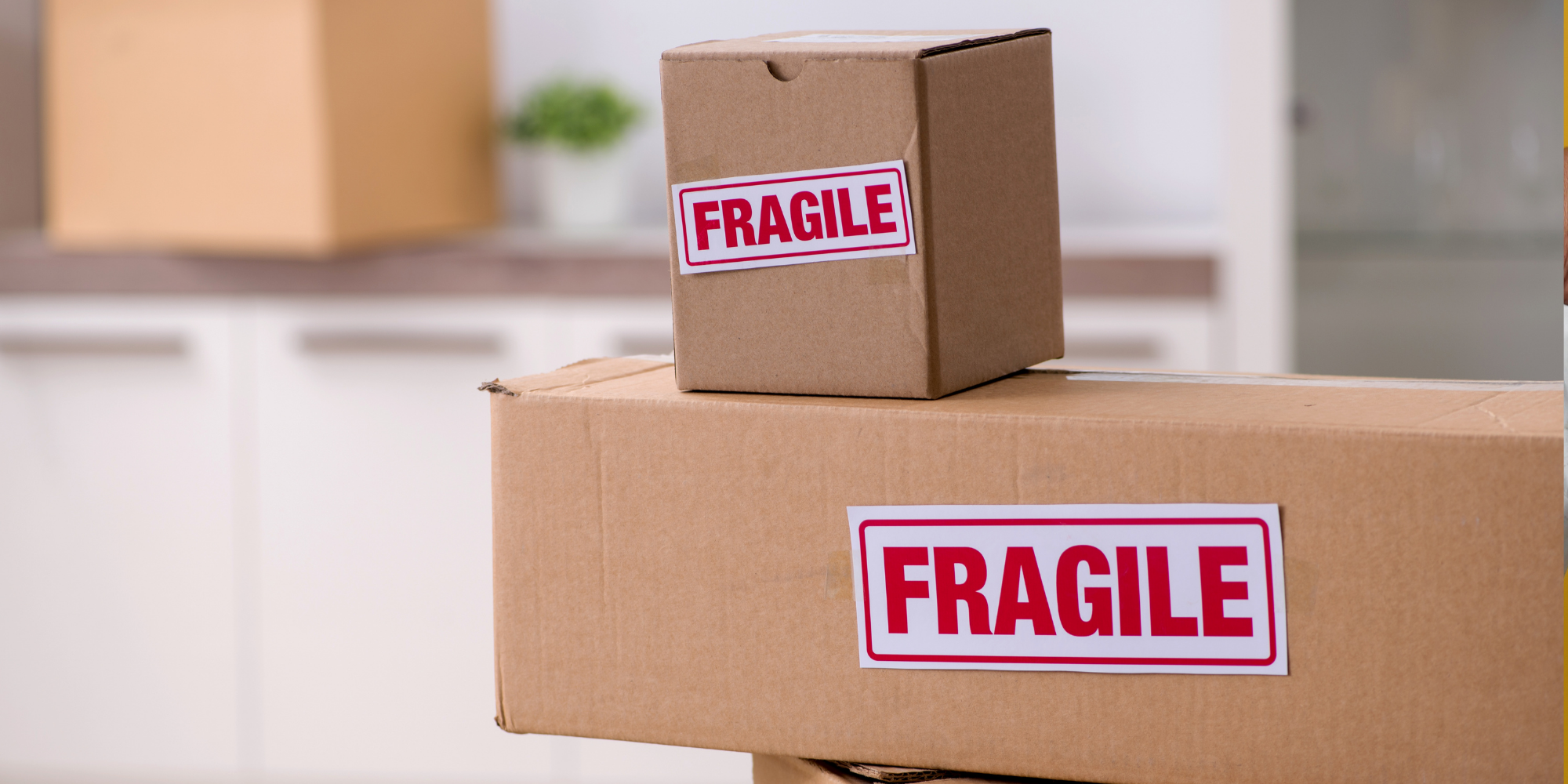
Clear labeling reduces mishandling. Here’s what to include:
- “Heavy” labels on all boxes over 35 lbs.
- “Team Lift” stickers for oversized shipments.
- “Fragile” or “Handle with Care” tags for gear with delicate coatings or components.
- Orientation arrows for items that should stay upright.
Always include a packing slip inside and a barcode/label on the exterior, placed on a flat, visible surface.
Reducing Shipping Costs Without Sacrificing Protection
Shipping gym equipment can be costly due to several factors, including the large dimensions of the items, the need for durable and protective packaging, and the high density or weight of the products.
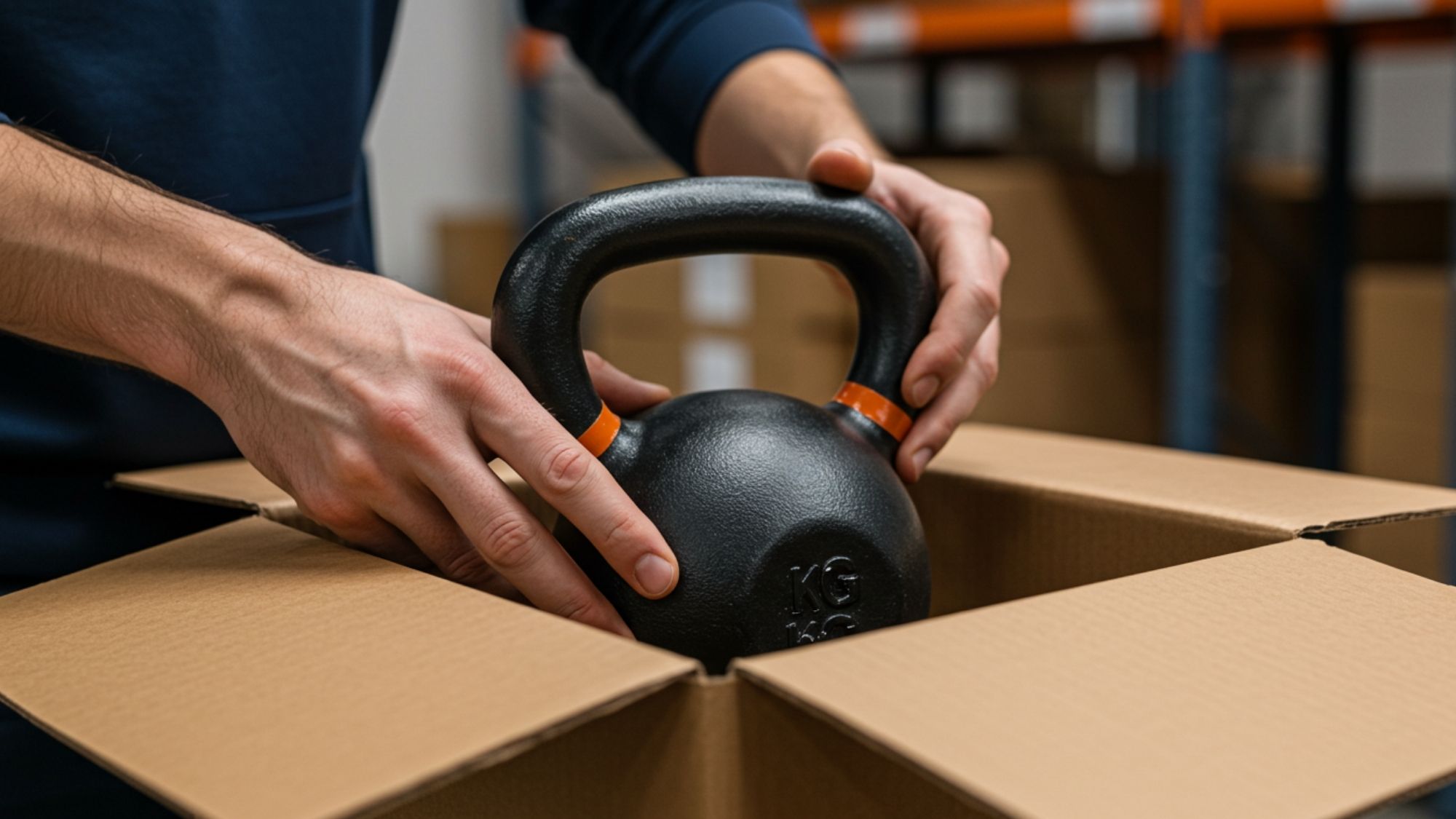
These characteristics often result in higher shipping rates, particularly when dimensional weight pricing or freight classifications are involved. Here’s how to reduce costs smartly:
Use the Right Box Size
Oversized boxes increase dimensional weight. Select snug-fitting boxes and fill voids without excessive padding. This allows not only for smaller dimensional weight but also protects the product during transit.
Compare Carriers and Methods
For items under 70 lbs., ground shipping through the following carriers and services.
- USPS Ground Advantage – Accepts packages up to 70 lbs. and delivers to most locations within 2-5 business days.
- FedEx Ground/Home Delivery – Delivered within 1-5 business days, dimensional rules apply, anything over 48” also triggers a surcharge, and anything over 50 lbs.
- Saver Ship – Delivered within 2-5 business days. Ideal for packages up to 5-75 lbs., no dimensional rate, they use consolidation to keep rates lower.
- LTL Freight – Depends on the location being delivered to, and total size of the pallet, and the weight.
For heavier sets or bulk orders, use palletization and LTL freight.
Consider Flat Rate Options
If the item fits into a flat rate box and is under the weight limit, USPS flat rate shipping could offer big savings.
Use Regional Carriers or Hybrid Services
Services like FedEx Smart Post or UPS Sure Post can lower costs for certain zip codes.
Lower Your Costs with Smarter Fulfillment.
Partner with eFulfillment Service to move inventory faster and free up cash flow. We help Start-Ups optimize operations so products don’t sit on shelves. Request a Free Quote today!
Sustainability Considerations
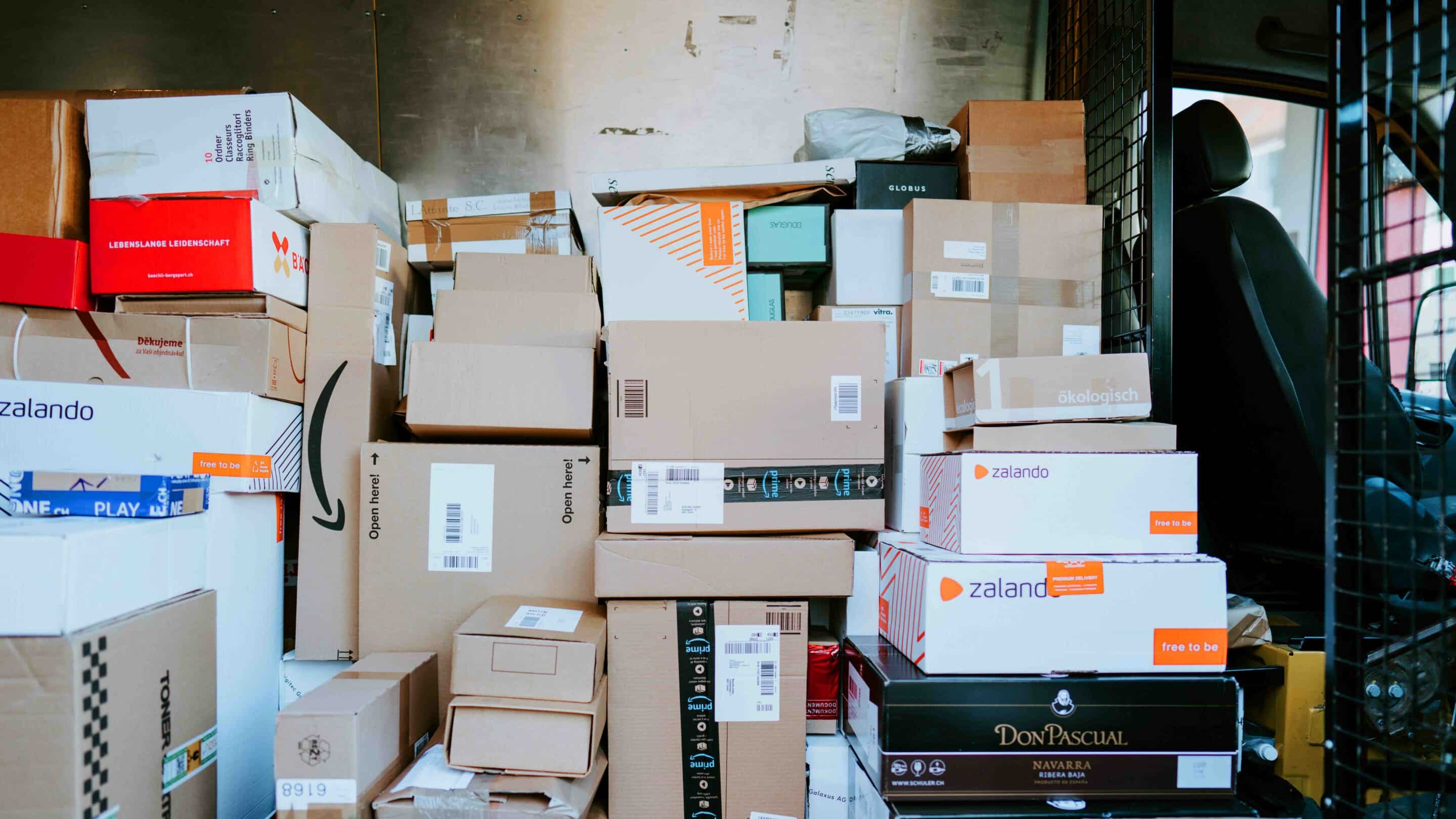
Clear labeling reduces mishandling. Here’s what to include:
- “Heavy” labels on all boxes over 35 lbs.
- “Team Lift” stickers for oversized shipments.
- “Fragile” or “Handle with Care” tags for gear with delicate coatings or components.
- Orientation arrows for items that should stay upright.
Always include a packing slip inside and a barcode/label on the exterior, placed on a flat, visible surface.
Quality Control and Testing
Before rolling out a packaging process across all orders, test your methods.
- Drop test your packaging from multiple angles at typical transit heights (usually 30–48 inches).
- Simulate vibration by placing packages on a shaker table or vibrating surface.
- Inspect returned items to determine if damage occurred in transit or due to poor packaging.
Establish standard operating procedures (SOPs) for your fulfillment team so every item is packed with consistency.
Outsourcing Fulfillment for Gym Equipment
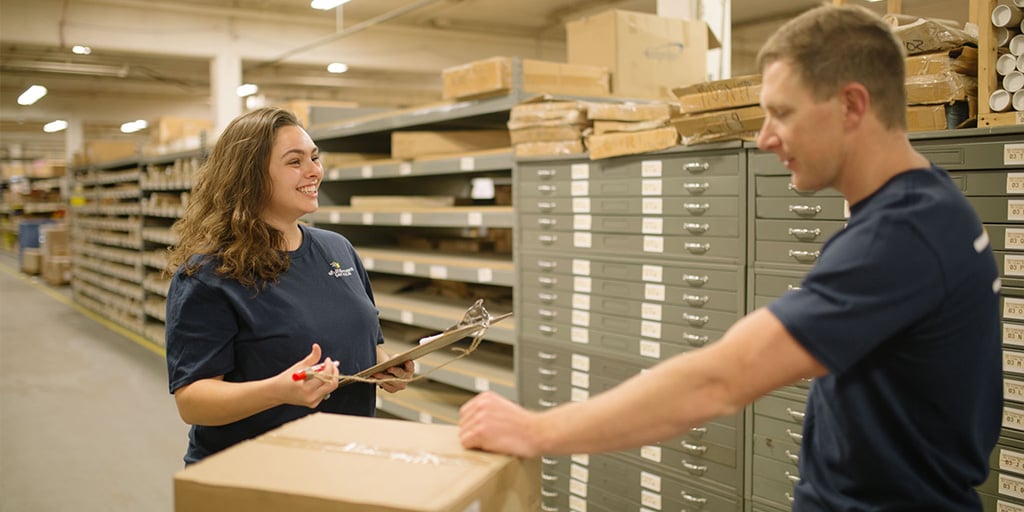
Not all businesses have the space, equipment, or manpower to pack heavy equipment properly. In such cases, outsourcing to a fulfillment center, like eFulfillment Service that specializes in fitness equipment fulfillment can be a smart move.
A good third-party logistics (3PL) partner will:
- Provide expert packaging consultation
- Have the equipment to handle bulk or heavy items safely
- Use carrier relationships to negotiate better shipping rates
- Offer returns management and inventory tracking
When evaluating 3PLs, ask about their experience with gym equipment, availability of custom packaging solutions, and their claims/damage rate.
Summary:
Packaging heavy gym equipment is a blend of engineering, foresight, and customer care. Each item, whether a single kettlebell or a full-weight set, presents unique challenges that must be addressed to ensure safe, cost-effective delivery.
By choosing durable packaging materials, following best practices tailored to the type of equipment, and paying attention to sustainability and labeling, you can reduce damage rates, lower shipping costs, and increase customer satisfaction.
As home workouts continue to rise in popularity, smart packaging becomes not just a logistics concern but a competitive advantage.
Ready to talk fulfillment solutions? The team at eFulfillment Service is happy to help answer questions and set you up for fulfillment success. Here’s to fewer headaches and more growth ahead!




0 Comments